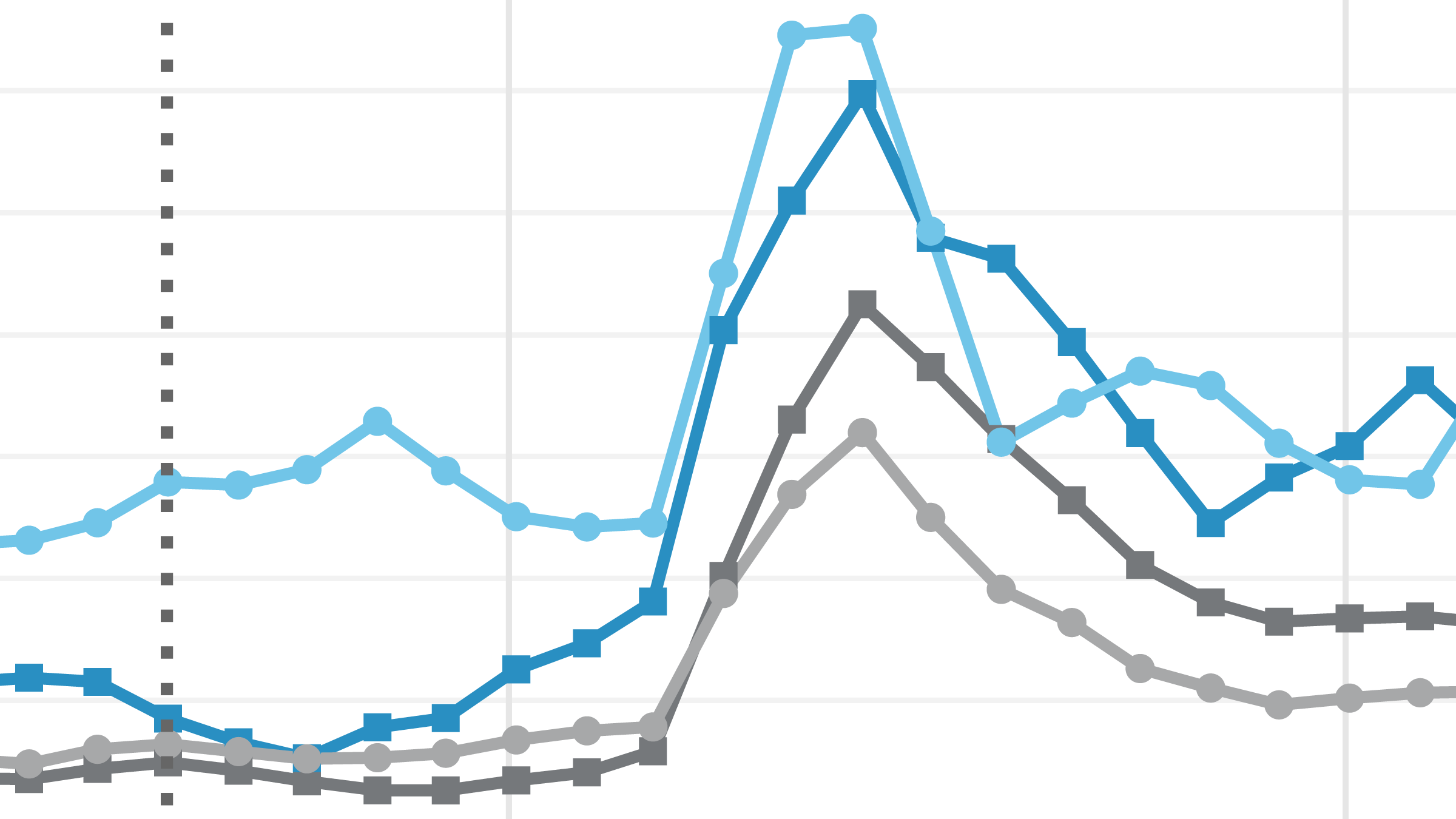Up-to-date labor market data are essential for understanding how workers and the overall economy are faring. While federal statistical agencies such as the Bureau of Labor Statistics and the U.S. Census Bureau provide estimates of core labor market indicators for both the entire workforce and larger racial and ethnic groups, comparable data for American Indians and Alaska Natives are not easily accessible. With its new Native American Labor Market Dashboard, Center for Indian Country Development (CICD) fills this gap.
Measures like the unemployment rate and the labor force participation rate help policymakers and analysts assess the labor market and develop appropriate and effective policy responses. However, overall labor market measures can mask important differences in the experiences of workers. For example, Black, Latino/a, and Native American workers tend to have much higher unemployment than White workers, whether in periods of growth or recession.
The federal statistical agencies report timely labor market estimates for some racial/ethnic groups but generally not American Indians and Alaska Natives due to small sample sizes in monthly data. Our new dashboard relies on the same individual-level data that underlie estimates for other groups, making our calculations fully comparable with standard sources. By averaging estimates across months, the dashboard provides additional precision. In addition, our tool sheds light on the often markedly different labor market conditions for individuals in metro and non-metro areas.
With this information—which we will update regularly—policymakers and analysts can make better-informed decisions about Indian Country issues. Especially as the United States recovers from the pandemic recession, it is vital that we understand the extent to which American Indians and Alaska Natives are included in that economic recovery.
Casey Lozar is a Minneapolis Fed vice president and director of our Center for Indian Country Development, a research and policy institute that works to advance the economic self-determination and prosperity of Native nations and Indigenous communities. Casey is an enrolled member of the Confederated Salish and Kootenai Tribes and he’s based at our Helena, Mont., Branch.
Vanessa Palmer is the data director for the Minneapolis Fed’s Center for Indian Country Development (CICD), where she leads efforts to collect, harmonize, and sustainably manage research-ready data in support of economic self-determination in Indian Country. In addition, she uses statistical tools and data visualization to support CICD’s applied research work.








